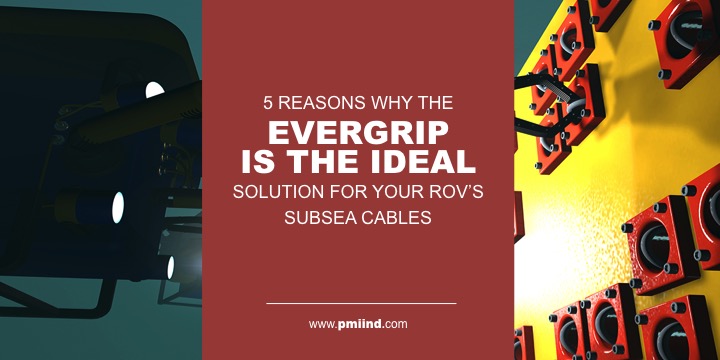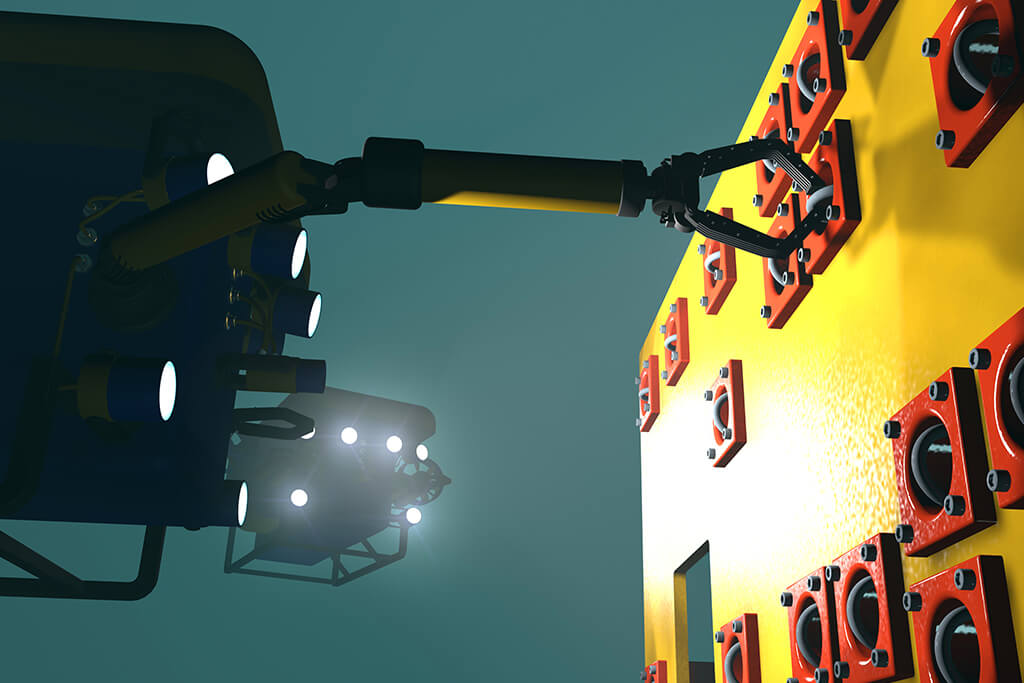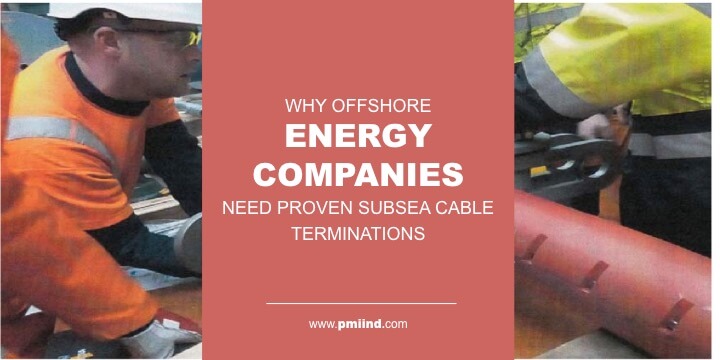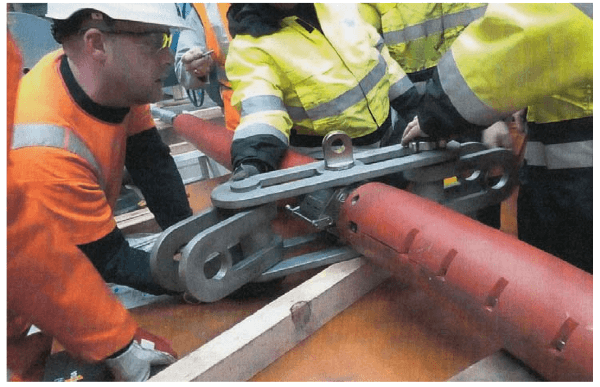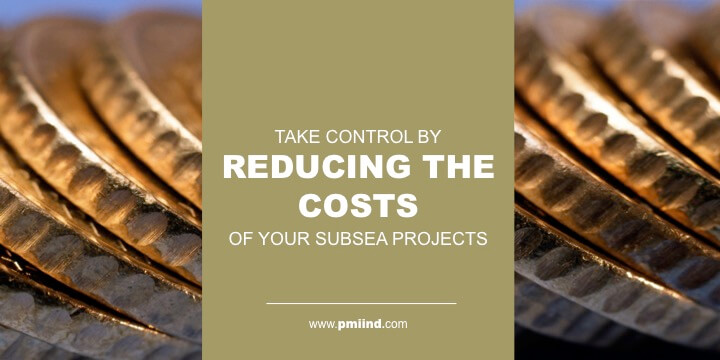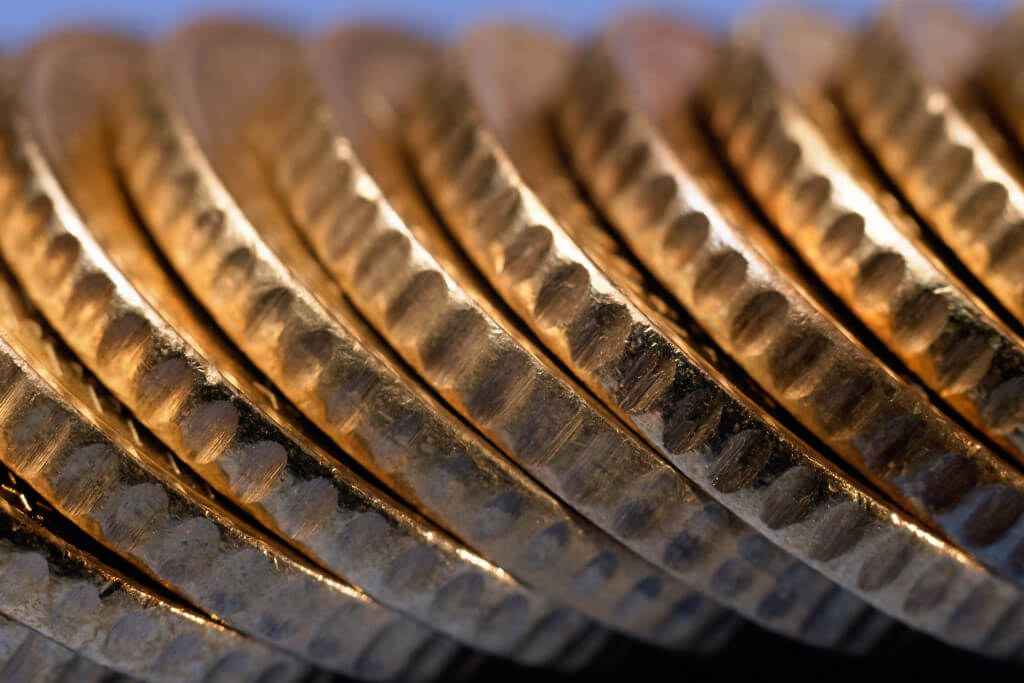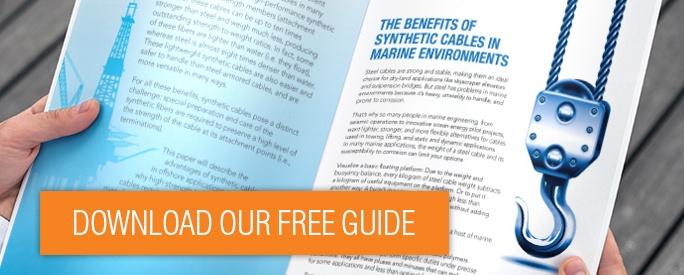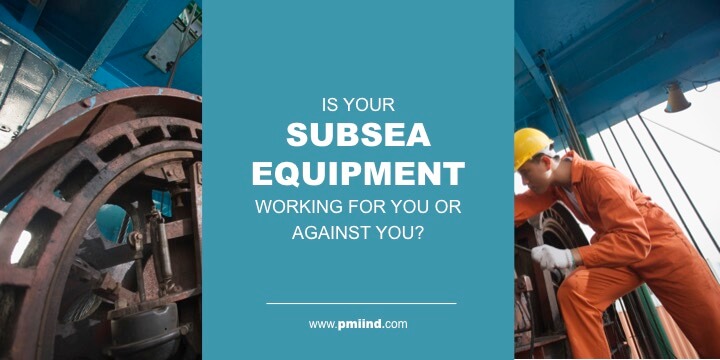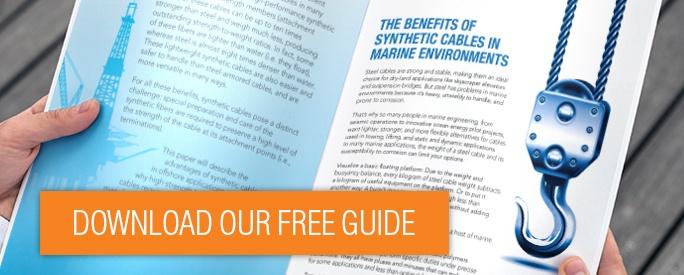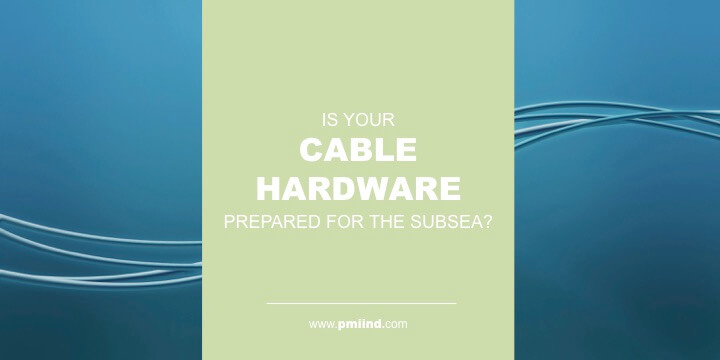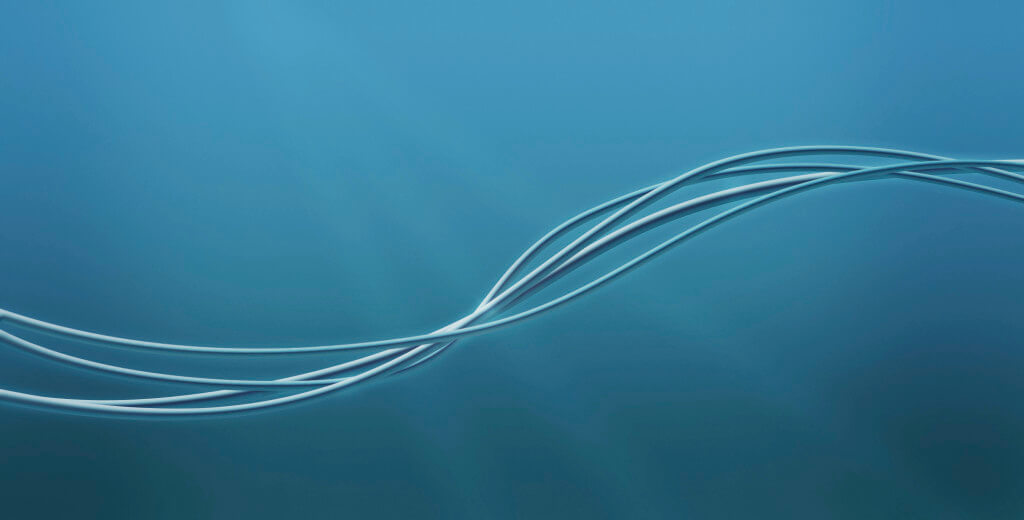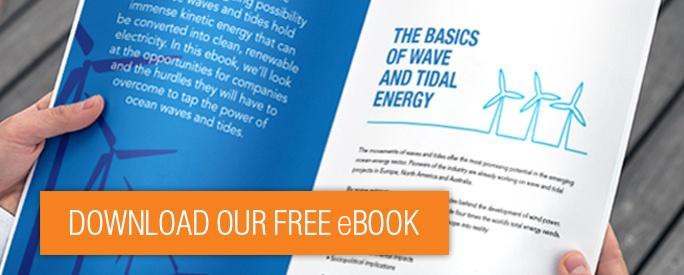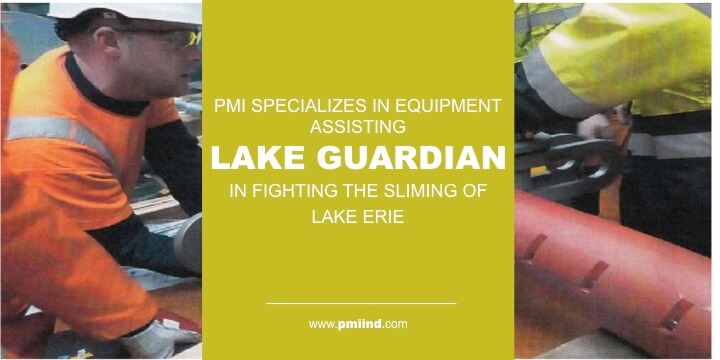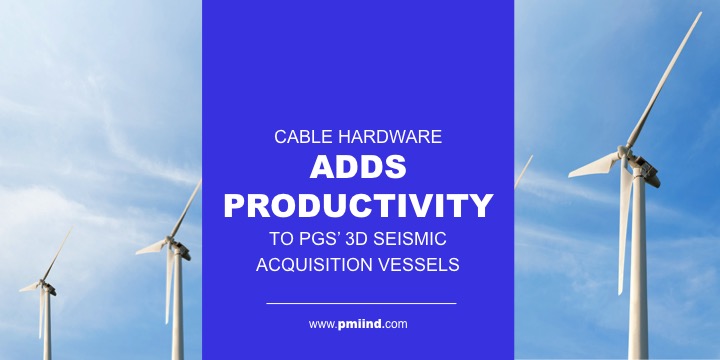We’ve gone in depth before on how cable terminations are used , now we’re going to explain what sets our terminations apart from the competition.
Many current terminations require an epoxy/polish method of installation. There are many disadvantages to using epoxy. If you’re using heat-cured epoxy, it takes a ½ to cure, but you need an oven to cure it. Room temperature epoxy doesn’t need a special oven, but the cure time can be 2-3 hours or more. When researchers are spending days or weeks out on the ocean gathering information, time is of the essence.
Other terminations on the market don’t use epoxy, but require specialized equipment to install or require extensive cable preparation before installation. In addition, many epoxy-less terminations have a higher connector cost.
PMI provides quality epoxy-less terminations for your ROV needs. Here are 5 that the EVERGRIP Helical Gripping Termination is your ideal solution:
- Faster Installation
The EVERGRIP termination is field installable and easily applied – usually in 30 minutes or less.
- No Special Tools Needed
Our product requires no additional tools or cable preparation to install
- Less Down Time
With the EVERGRIP, there is no need to wait for a termination/retermination to cure.
- Strain Relief for Cables
The special helical rod design relieves strain from the cable. We also have BSR solutions for additional strain relief to prolong cable integrity.
- Reuseable
The housing of EVERGRIP can be used – a Retermination Kit comes at a much lower cost than purchasing a new termination
As new challenges are placed on the ROV industry, PMI continues to provide new solutions to meet those challenges. Whether it’s greater strain capabilities, faster installation or higher cost savings, PMI has the capability to develop and supply the highest quality and reliability solutions.
To read more advice on choosing the best subsea terminations for your project, download our checklist:
7 Questions You Should Be Asking About Your Subsea Terminations

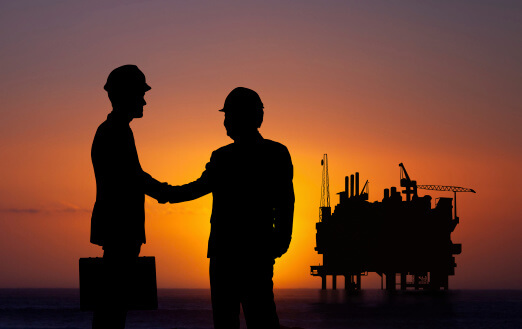
As the energy market continues to turn away from oil and gas and towards renewable energy, many companies that specialize in deep ocean engineering, like PMI, are following suit. One company that has made great efforts to shift from oil and gas into the renewable energy field are the Norwegian subsea specialists Ocean Installer. The company’s advanced vessel, the Normand Vision, was used for work on subsea umbilicals, risers and flowlines (SURF) for major companies in the oil industry. Realizing that their subsea construction support equipment could also be used to work on the underwater cables that connect offshore wind platforms with the power grid, the Normand Vision began working with wind farms, including Germany’s Gode Wind 1 farm. Ocean Installer is not the only subsea construction company to jump on the renewable energy bandwagon. Singapore’s EMAS has also begun adding wind energy projects to their portfolio.
PMI shares the vision of these companies as our energy markets focus on new horizons and is excited to work with customers to solve their cable issues with budget friendly and top quality underwater cable hardware that will maintain cable integrity in every kind of underwater environment.
Read more about Ocean Installer and the Normand Vision.
To find out more about our custom ocean engineered cable hardware equipment, schedule an appointment to talk to our experts today.
When laying and retrieving submarine cables on the seabed, or performing a cable pull from a vessel to an offshore wind platform, it is often necessary to hold a cable end onboard for up to seven days.
Cables must be anchored firmly onboard to keep them in place, and this anchoring is normally done by means of a cable stopper.
The cable left hanging in the ocean can be exposed to forces so strong there is a distinct possibility of becoming overtensioned. Meanwhile, the vessel’s crew works to keep station by the use of thrusters. If overwhelmed by winds, strong currents and waves, the ship can be driven out of position. The cable left hanging may end up acting as an anchor chain, subject to additional forces and tension.
In these situations, when the wrong cable hardware is used, or is installed incorrectly, the grip of cable tensioners can slip. The heavy cable starts moving unfastened, which is extremely dangerous for the crew, equipment and the vessel.
While the oil, gas and seismic industries have had plenty of experience with these issues, the growing offshore renewable energy companies are looking to manufacturers like PMI Industries for proven experience and products to guide the way.
Engineers who have made the leap from offshore oil to offshore renewable energy have worked with PMI’s products, such as our CABLE-GRIP™ and STOPPER-GRIP™ Terminations, and have found them preferable to typical braided cable grips or cable socks. These terminations are quick and easy to install, robust, and recommended by many cable deck crews.
Our unique cable grips are fully capable of holding cables to the rated breaking strength. Tensile load is transferred gradually from cable to termination with no stress or damage to the cable. And unlike braided stoppers, the helical termination wire design permits installation anywhere along the length of the subsea cable, since it does not require access to the cable end.
7 Questions You Should Be Asking About Your Subsea Terminations

If you are looking to lower costs and improve the economic outcomes of deepwater projects, you should consider the hydrodynamic efficiency of your subsea hardware and how that impacts your fuel costs.
It’s everyone’s favorite pastime, but no one can predict what the oil price might be—it’s an uncontrollable aspect that can and will again dramatically impact this business over time. But what can and is being implemented by most companies is the overriding imperative to take back control where it can, and that largely means reducing project costs. Read more…
At PMI, we offer mechanical testing of all subsea cable hardware, including umbilical components and umbilical structures. We possess the equipment and experience necessary to complete the most demanding testing in order to enhance project safety and quality.
Umbilical designs for deepwater are complicated and present a number of challenges that must be considered during early design stages. If not correctly taken into account, they can cause problems and limitations during installation and in service. The trend of incorporating more functional components into the design leads to heavier umbilicals and, coupled with greater water depths, results in much higher topside hang-off loads. This drives umbilical designers to further understand the behavior and limits of their products. Read more…
Companies and governments count on PMI engineering support to design and produce reliable cable systems. They look to PMI for innovation to increase performance, specifically for the brutal subsea environment. Because at PMI, we understand the subsea poses challenges unlike any other environment in the world.
Our equipment is highly-designed to guard against cable and equipment damage, extend service life, and maintain cable integrity in these extreme underwater environments.
As in the planning of any asset development, the decision-making process attempts to maximize asset value and to minimize costs without compromising safety and reliability. The cost analysis focuses on capital expenditures and operating expenses, and it also includes risks, or the potential costs of unforeseen events. The conditions driving these costs are numerous and interrelated, and they include reservoir-related factors including existing infrastructure, water depth, weather and currents, seabed conditions, cost of construction and decommissioning of permanent structures, time to first production, equipment reliability, well accessibility for future monitoring or intervention, and flow assurance – the ability to keep fluids flowing in the lines. Read more…
One way PMI Industries is able to help companies accelerate and streamline subsea projects is by designing and testing cable hardware solutions upfront. In our Independent Test Lab, your engineers simulate service conditions experienced by underwater cable systems and devices. Once testing is completed, the implementation cycle is accelerated, ensuring projects like RiCORE run smoothly.
The RiCORE (Risk Based Consenting for Offshore Renewable Energy) project has been awarded €1.4 million from the European Commission’s competitive Horizon 2020 programme.
Led by Robert Gordon University (RGU), a group comprising teams from Ireland, Spain, Portugal, France and Scotland will look at ways of accelerating and streamlining the environmental requirements associated with consents for offshore wind, wave and tidal projects. Read more…
Prior to the show, Gordon Drummond was quoted, saying: “In the current low oil price environment, innovation and technology will be more important than ever in driving efficiencies and developing effective solutions to the challenges the industry presently faces, particularly in the North Sea.”
Driving technology in subsea cable applications is what we do. Our cable hardware solutions deliver efficiencies and provide exceptional return on investment.
New technologies, and how their implementation can boost oil and gas exploration, was brought to the forefront at this year’s Subsea Expo.
For the first time, Subsea UK’s annual conference and exhibition, which took place from February 11-13, provided a platform for organizations to introduce, discuss and demonstrate their latest innovations. Read more…
Scientists and researchers are tackling HABs in Lake Erie, which have depleted the oxygen from the deeper waters off Cleveland. PMI specializes in producing some of the heavy-duty equipment being deployed in order to solve this problem.
The season of algal blooms — the green slime that coats the water — and dead zones is upon Lake Erie. This year, though, joining the fight is the Lake Guardian, the U.S. EPA’s 180-foot, 850-ton environmental battleship, loaded with scientists and researchers.
The Lake Guardian is on the water at a crucial time: The push is on in Washington, D.C., and Columbus to add millions of dollars to the anti-algae effort, sewage treatment plant upgrades are being put in place and there are indications that this summer’s algal bloom may be less severe than recent years.
“This is an intensive year for Lake Erie,” said Chief Paul J. Horvatin of the U.S. EPA’s Great Lakes National Program Office in Chicago. “We’ve been here to look at nutrient and phosphorus issues since mid-May and we’ll continue our research into the middle of October.”
With an 11-man crew and 13 scientists aboard, and more local researchers joining them this summer on Lake Erie, the R/V Lake Guardian is extensively sampling the Ohio waters of Lake Erie from Toledo to Conneaut. Read more…
The launch of the Ramform Titan class marine seismic data acquisition ships by Petroleum Geo-Services (PGS) mark a new era of subsea oil and gas exploration. The second of these vessels, the Ramform Atlas was launched in January, 2014. The Ramform Titan and Ramform Atlas are designed and built by PGS to be the most powerful and productive of their kind using the latest marine and electronic seismic technologies.
Every detail of these vessels was evaluated based on optimum productivity and safety including the cable management systems used to deploy and attach up to a 24-streamer array system. The towed streamers consist of several thousand recording sensors over an area greater than 3,000 acres (12 km2), or 3.5 times the size of New York’s Central Park.
The engineers at PGS have chosen the latest proven technologies available throughout the Ramform Titan-class ships, including the new PMI Dyna-Hanger II and Dyna-BSR cable management systems. These systems provide significantly higher load capacities to accommodate the demands of extreme towing loads caused by wider streamer arrays. As a bonus, the major components of both systems can be installed, or removed, in just minutes without special tools or extensive personnel training to increase on deck productivity and reduce downtime.
The Dyna-Hanger II cable management system uses exclusive patent pending designed symmetrical suspension arms with tool-less features and helical rods. It is designed with a hinged collar that snaps around the housing and is secured with just a quick-release pin. A specially designed housing prevents the attachment point from shifting on the lead-in cable while the collar design enables the cable to rotate freely under tension. It is capable of accommodating loads up to 100% of the cable’s rated breaking strength.
The Dyna-BSR bending strain relief system provides cable bending and abrasion protection, while enabling rotation of various cable attachments. It replaces traditional slip-on bending strain relief systems that use a one-piece body design. Instead, the Dyna-BSR patent pending two-piece system can be installed or removed at any time during deployment or retrieval procedures. It is designed with a reinforced polyurethane, two-part shell to provide added strength and flexibility. A unique fastener system quickly secures the shells together. In total, the system offers graduated stiffness to protect cables from off-axis loads through a wide range of angle combinations by maintaining a safe minimum bend radius.
“Everything on the Ramform Titan class was chosen for its contribution to our primary goals of providing optimal seismic productivity and crew safety,” according to Sverre Olsen, Technical Manager at PGS. “Every sub-system we have, builds on the total system to achieve our goals. PMI systems were chosen because they continue to meet PGS productivity and higher load requirements.”
“The successful PGS installation is a result of our conversations with customers about their challenges then developing cable hardware and support services to meet their needs,” said Bob Schauer, president, PMI industries. “We are focused on unmatched support for our customers. Whether it is easy-to-use hardware, engineering support or comprehensive cable testing services, we listen and then perform.

